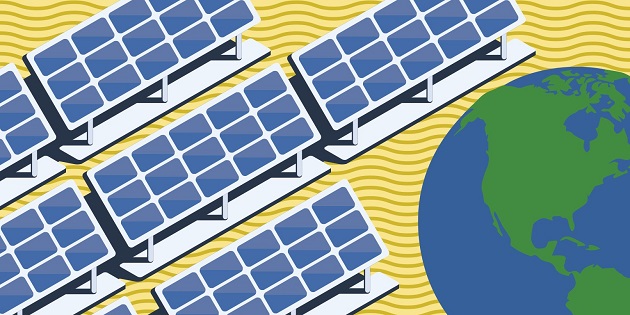COVID-19-induced project delays impacted India’s Solar Power transition last year, but 2021 is still set to be a “landmark year” for the resource, according to new research. India installed 2.6GW of new utility-scale solar power capacity between January and December last year, JMK Research & Analytics’ latest report on the country’s renewables market claims. This represents a 65% decline in growth compared to 2019.
The country’s renewables capacity reached 91.2GW as of last December, JMK’s report said, with solar making up 41% of the clean energy mix. Modi has previously said that the country’s renewables capacity is expected to reach 220GW by 2022, exceeding its original 175GW target. However, the country is set to miss its much-vaunted ambition of installing 100GW of solar by 2022, with most forecasts expect the total figure to reach 65GW. India currently has a development pipeline of solar, wind, and hydropower totaling 50GW capacity which is set to be commissioned over the next three years, and solar is set to see the fastest growth of any renewable energy source, the report said.
However, the research group believes that activity over the next 11 months will amount to a “landmark year” for India’s solar capacity, and projects that were not commissioned last year due to COVID-19 disruption will get the green light in 2021. Around 9.7GW of utility-scale solar capacity is expected to be commissioned by December with a further 2GW of rooftop solar installations to be commissioned by the end of the year, up from the 1,172MW in 2020.








